
High altitude mountain bike racing heats up each summer with Firecracker 50, Breckenridge 100, Colorado Trail Race, Leadville 100 and Breck Epic stage race to name a few. Most of these races start near 10,000 feet and go up from there. Colorado Trail Race is the altitude champion reaching 13,200 feet. Whew!
Locals who live year round in the Colorado high country rarely have problems with the altitude. The rest of us are very likely to. For some things in life, there are simply no shortcuts, and altitude adaptation is one of those things. Living at altitude is the only sure fire way to adapt. Keep in mind, too, that there is considerable variability between individuals in their ability to adapt to altitude.
More: How to Finish a 100-Mile Mountain Bike Race
Here are the basics for the "rest" of us when racing over 10,000 feet.
Studies show that endurance performance bottoms out within the first few hours of arrival at altitude, and then improves steadily after that. The earlier you can arrive at altitude prior to your race the better your performance will be. Arriving four days before the race is good. Arriving four weeks before the race is better!
Some artificial methods of simulating altitude can be used at lower elevations to help speed up the adaptation process (or attempt to pre-adapt).
More: 26 Core Exercises for Mountain Bikers
- Live or sleep in a hypoxic environment using an altitude tent to simulate altitude by lowering the content of oxygen in the air.
- Intermittent Hypoxic Exposure (IHE). An athlete breathes hypoxic air while at rest.
- Intermittent Hypoxic Training (IHT). An athlete breathes hypoxic air while exercising.
Prior to arriving at altitude:
- A month out have your iron levels checked and follow a physician's advice on iron supplementation if necessary.
- Altitude induced asthma can appear in individuals who have no asthmatic symptoms at sea level. If you suspect you are in this group bring an inhaler with you to the race.
After arrival at altitude:
- Avoid any medications that will depress breathing rate. This includes alcohol, sleep medications and narcotic pain killers.
- Increase carbohydrate intake
- Increase antioxidant intake
- Maintain hydration balance
More: 5 Training Secrets for Mountain Bike Racers
 Ready to ride? Search for a mountain bike event.
Ready to ride? Search for a mountain bike event.About the Author


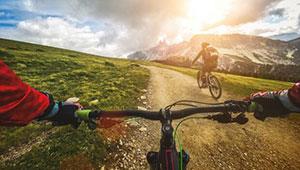
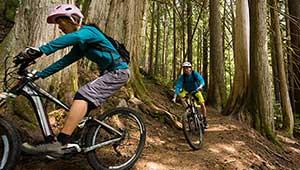
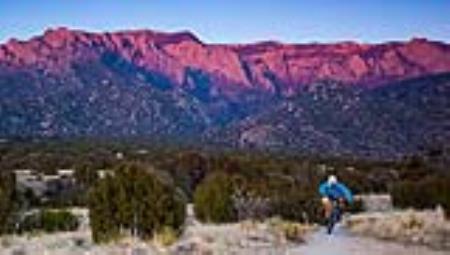
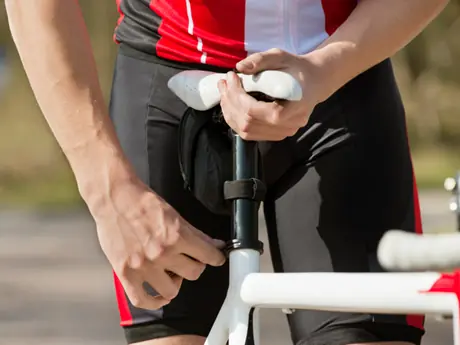
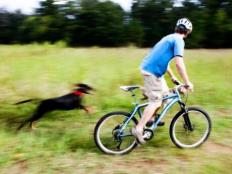

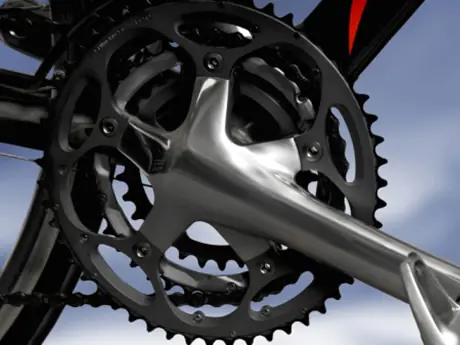

Discuss This Article